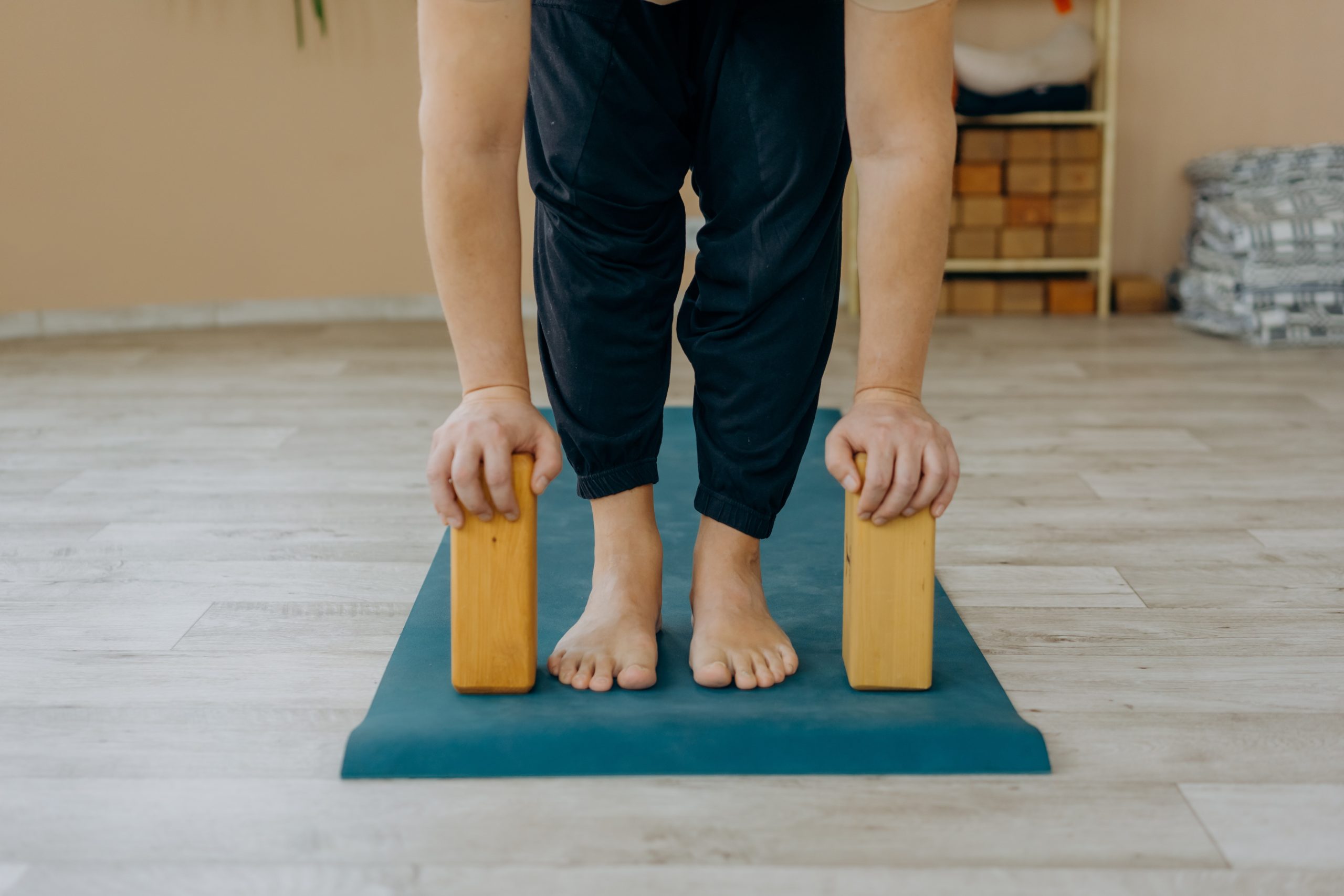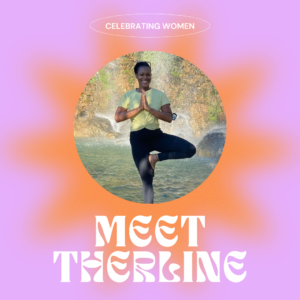Should Students Teach Without a Certification?
I taught my first yoga classes to fellow volunteers while WWOOFing deep in the jungle in Costa Rica.
We worked together to prepare meals, harvest fruit, and keep the property clean. Everything ran off of solar panels. At night we kept all the power off, usually there was none anyways, and played card games by candlelight and talked deep into the night. The warm, open ocean was a few short steps away. We spent every day in the water. Food was delivered by boat once a week, except when there was a storm, and we’d have to get creative with flour and whatever items we had left or could forage. Always, always rice and beans. I remember opening a cabinet in the kitchen one morning to grab a plate only to find a snake curled up on top of the plates. Little disclaimer here: I am truly terrified of snakes. No plate for me that day.
Upstairs, or more accurately up a wooden ladder, was a beautiful open space overlooking the Pacific ocean on one side and the thick chorus of greens from the jungle on the other. The building had no glass and therefore no windows separating us from the life around our temporary home.
One day, we started talking about taking yoga classes back in our respective home countries. At the time, I had been working the front desk at a yoga studio for about a year. It was a work-trade program, so I checked members in for class and kept the studio clean. In return, I got to take free classes.
Before leaving for my journey to the Osa Peninsula in Costa Rica, a good friend gifted me a travel yoga mat. On the second floor and with my newly made friends, filled with a deep sense of joy and freedom, I rolled out my mat.
We first took to practicing things we each knew and recommending poses to one another to try. Eventually, it was determined that I had the most experience. Could I teach them a class? Could we make a ritual of it every afternoon before dinner?
I taught a yoga class every afternoon for weeks. I didn’t have a certification and hadn’t gone through an official teacher training. I’d taken anatomy courses in the past and had also gotten an A in a Hatha yoga course I had taken the previous semester (my last semester) at my university.
Thankfully, no one got hurt. I was thanked every day for teaching and everyone talked about how great they felt afterwards.
Should someone who hasn’t attended a yoga training teach yoga?
Looking back, the friends I taught yoga to in the jungle were all able bodied. I mean, we each had to climb a steep wooden ladder to get to the second floor of the structure. At the time, I knew quite a few modifications for poses, but nothing to the extent that I know now.
Ultimately, I don’t think someone can safely teach the physical aspect of a yoga practice without having first attended a yoga teacher training or having a knowledgeable mentor for an extended period of time.
You never know who is going to walk into your class. A student could be recovering from a recent surgery. A student could be pregnant. A student could have spinal fusion. A student could be working to heal from a recent traumatic experience. You just really never know. In order to create a welcoming and safe class environment, a yoga training is a necessity.
In yoga teacher trainings, the fundamentals of anatomy and adjusting poses for different body types are covered. When a class is taught without this knowledge, a class is being taught only to the able bodied students in the room. That is simply not what yoga is about.
Teachers need to be able to adjust sequencing and cueing on the fly, depending on the students who showed up for that particular class. Yoga is about connection and community. Neither connection nor community can be established when safety and the ability to see every student is an issue.
Since attending my first teacher training, I have taken multiple additional trainings so that I can continue to deepen my own practice and my practice as a teacher. I aim to be a yoga teacher who supports and encourages every single student in the room – not just the students who can easily touch their toes.
If you’ve attended a teacher training, was there in depth talk about teaching to everybody and all bodies? Let me know in the comments below.
In order to move toward making yoga classes more equitable, teachers need to attend trainings that provide them with the expertise needed to teach to everybody and every body.



